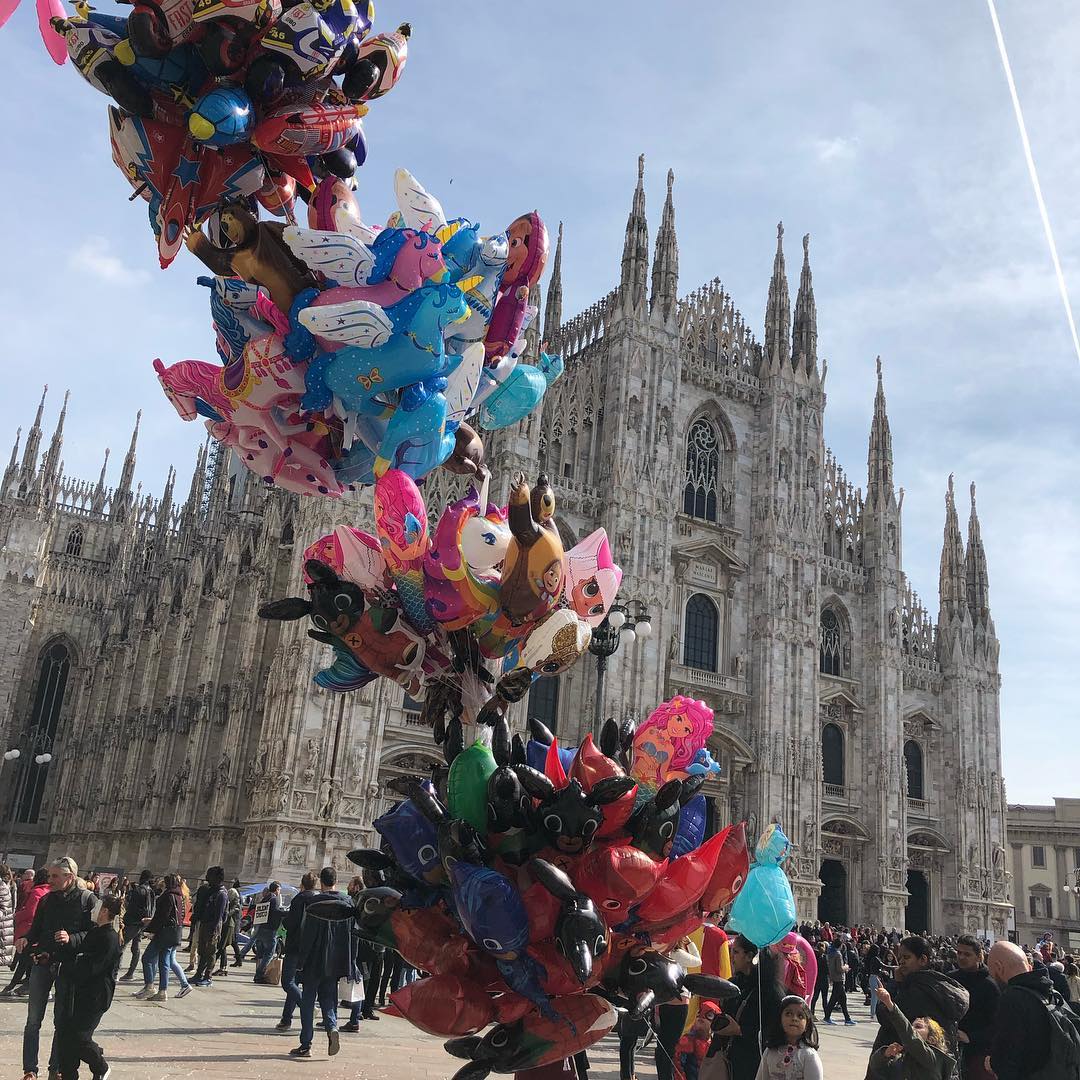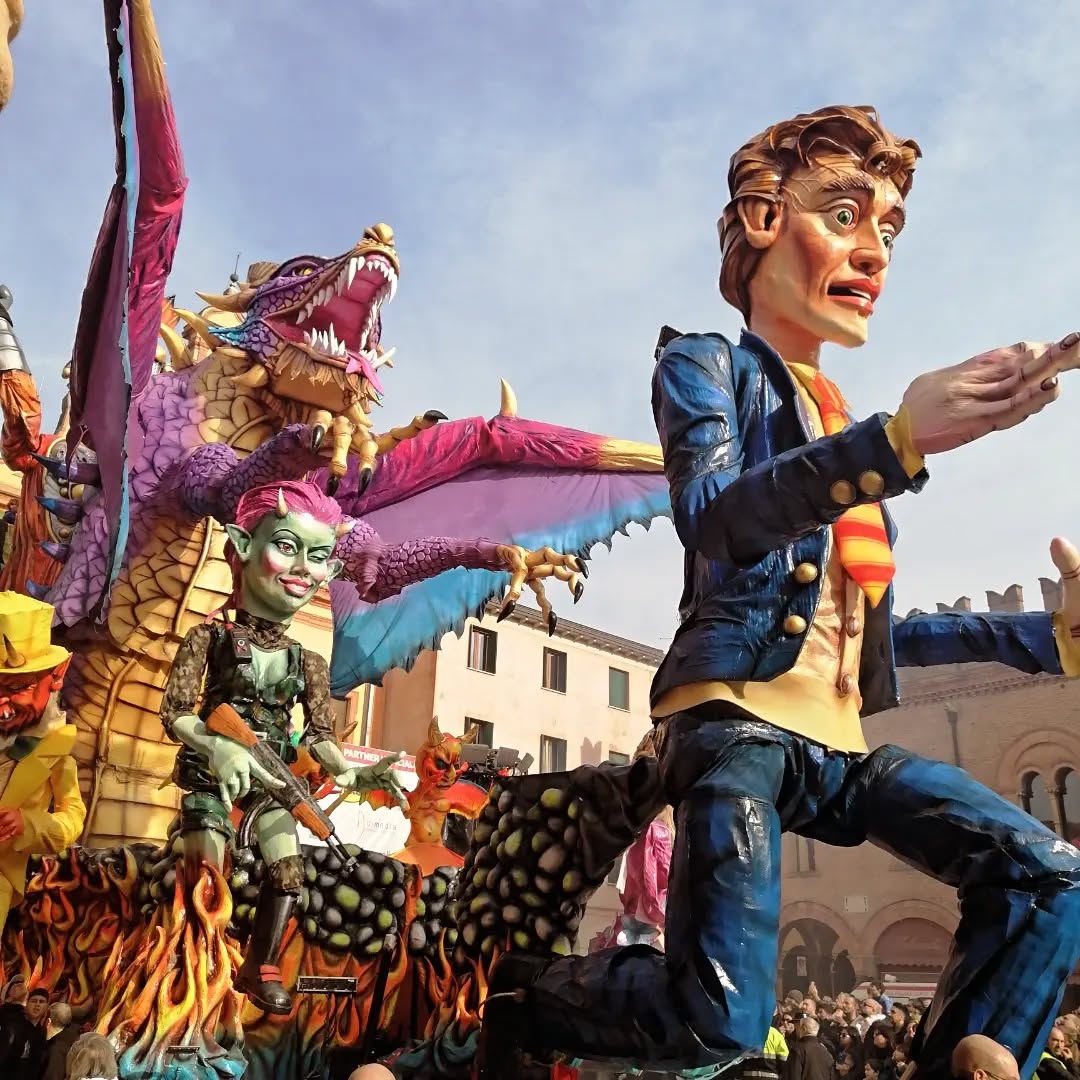Carnevale in Italy
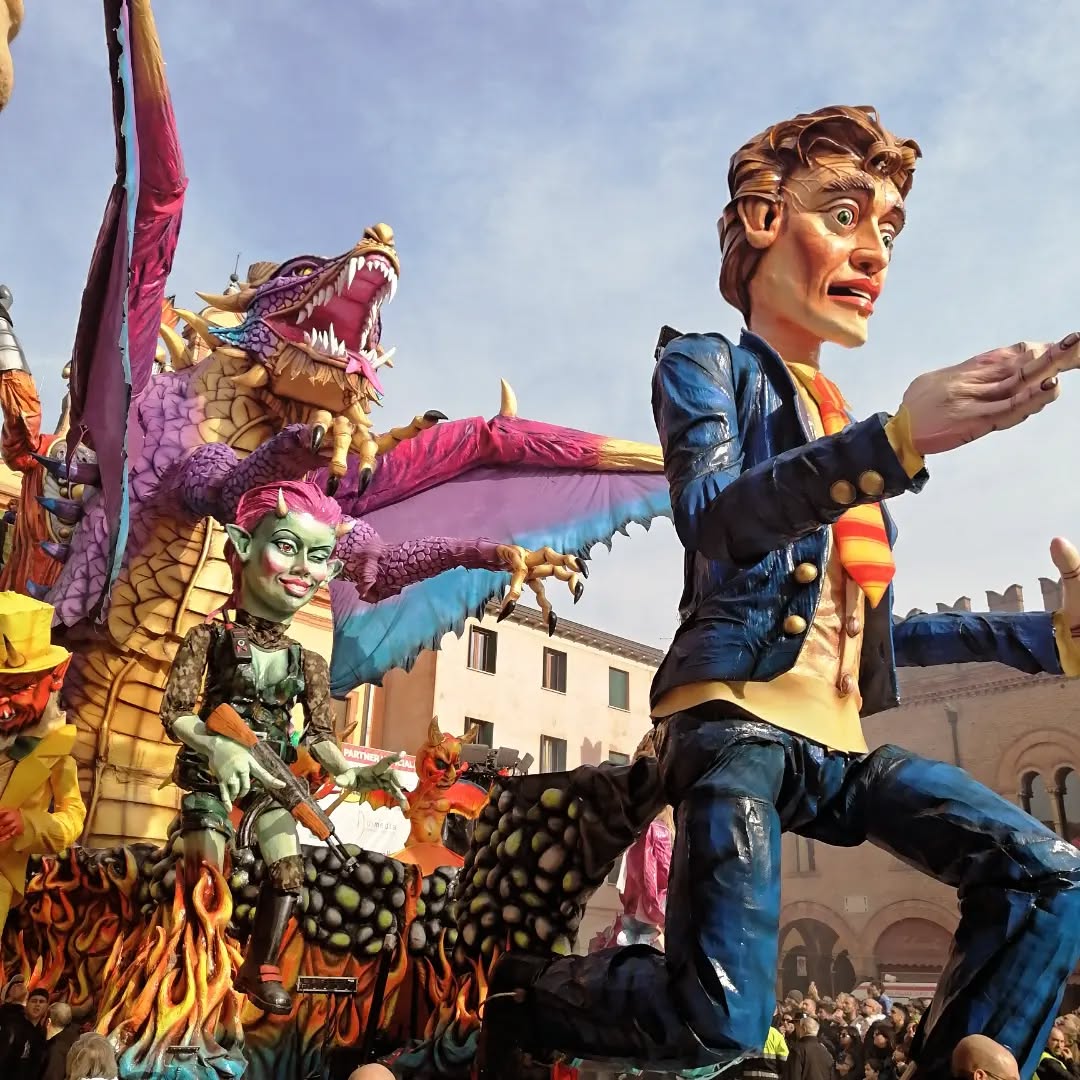
A celebration of color and tradition.
Carnevale in Italy
By Silvia Nanetti
February 19, 2025
As winter reaches its peak, Carnevale in Italy bursts onto the scene with vibrant parades, dazzling masks, and joyous revelry. Rooted in ancient traditions, this grand celebration is the final indulgence before the solemnity of Lent. Though Mardi Gras marks the official culmination, festivities begin nearly a month before Ash Wednesday, filling Italy’s streets with music, mischief, and confetti. After all, a Carnevale, ogni scherzo vale!—during Carnival, anything goes!
The History of Carnevale
Carnevale’s origins trace back to Ancient Greece and Rome, where festivals honored Bacchus, the god of wine, and Saturn, marking the transition from winter to spring. As Christianity spread, these pagan festivities were adapted into the Catholic tradition, providing an opportunity to feast and celebrate before the restrictions of Lent. Traditionally, Carnevale was a time to use up rich foods like meat, sugar, and fats, resulting in weeks of indulgent feasting and merry making before the austere Lenten period.
Following weeks of celebration, Italy shifts into a more solemn observance during Lent, with Easter standing as one of the country’s most important religious and cultural events.
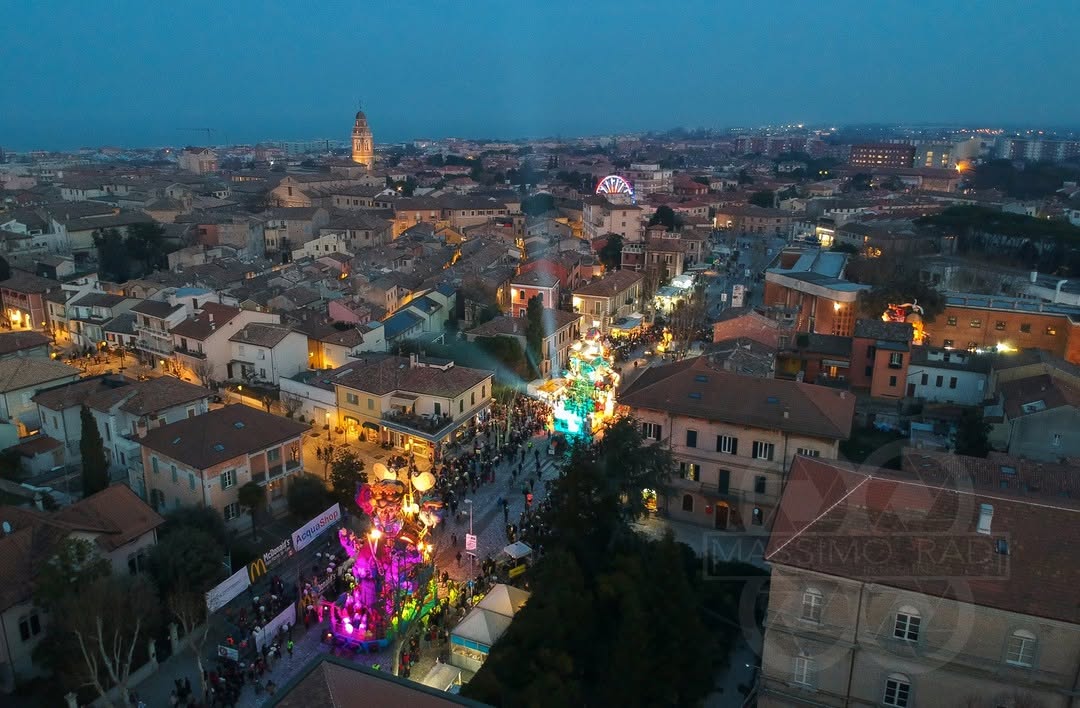
Where to Celebrate Carnevale in Italy
While Venice is the most famous destination for Carnevale, celebrations take place across the country. From historic traditions to playful modern adaptations, here are some of Italy’s most spectacular Carnevale events:
Venice, Veneto
With its iconic masks and mysterious allure, the Carnevale di Venezia is one of the world’s most renowned celebrations. Dating back to 1296, Venice’s festival allowed citizens to don masks and revel without social or religious constraints. Though banned by Austrian rulers in the 18th century and again by Mussolini in the 1930s, the festival was revived in 1979 and now attracts millions of visitors annually. Highlights include the Flight of the Angel, elegant masquerade balls, and extravagant costumes adorning the city’s UNESCO-listed canals and piazzas.
Viareggio, Tuscany
Famous for its enormous papier-mâché floats, the Carnevale di Viareggio began in the late 19th century as a way for citizens to express political satire. Today, the event features meticulously crafted, larger-than-life floats depicting politicians, cultural figures, and current events. The parades, music, and all-night street dances create an electrifying atmosphere that lasts for multiple weekends leading up to Fat Tuesday.
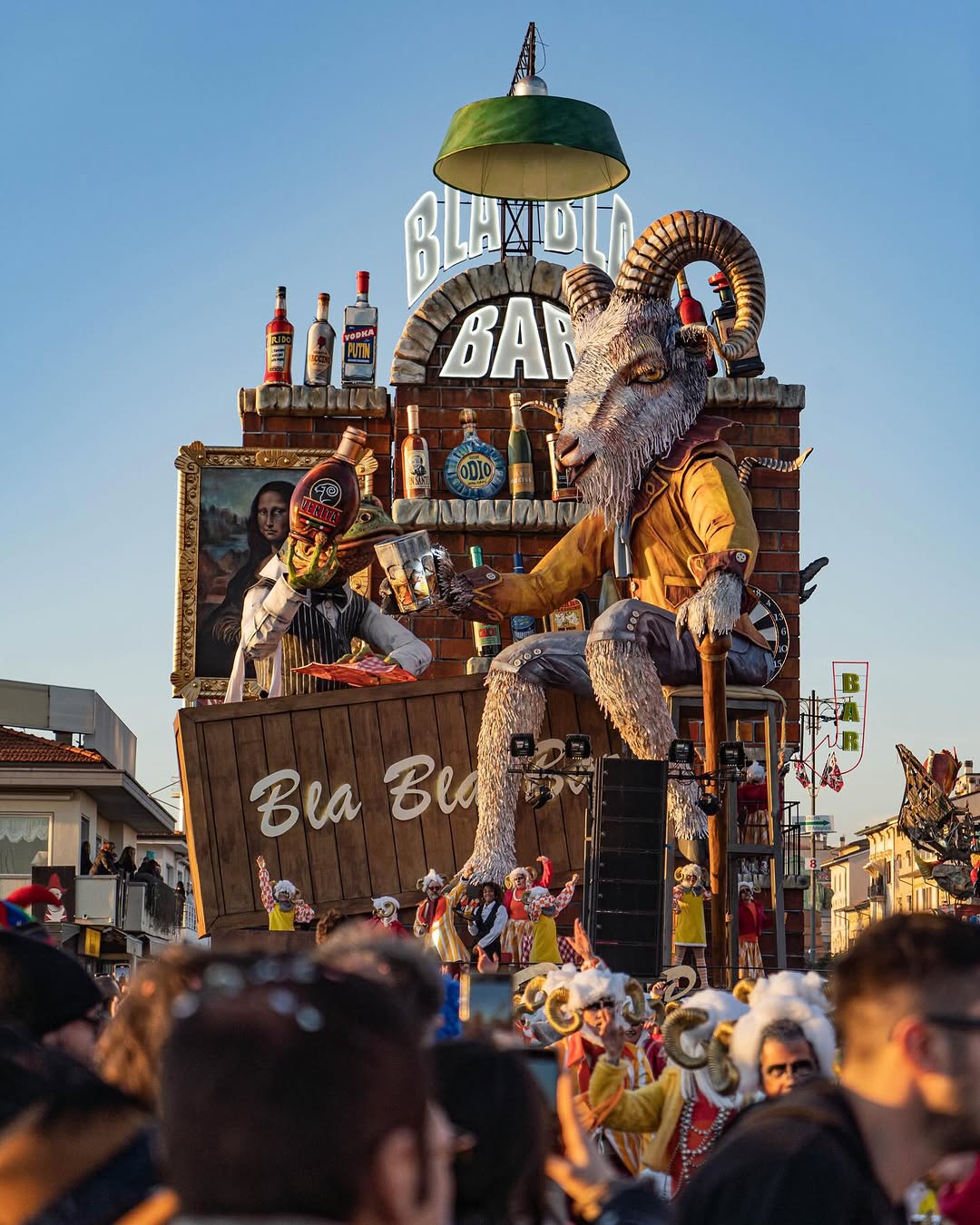
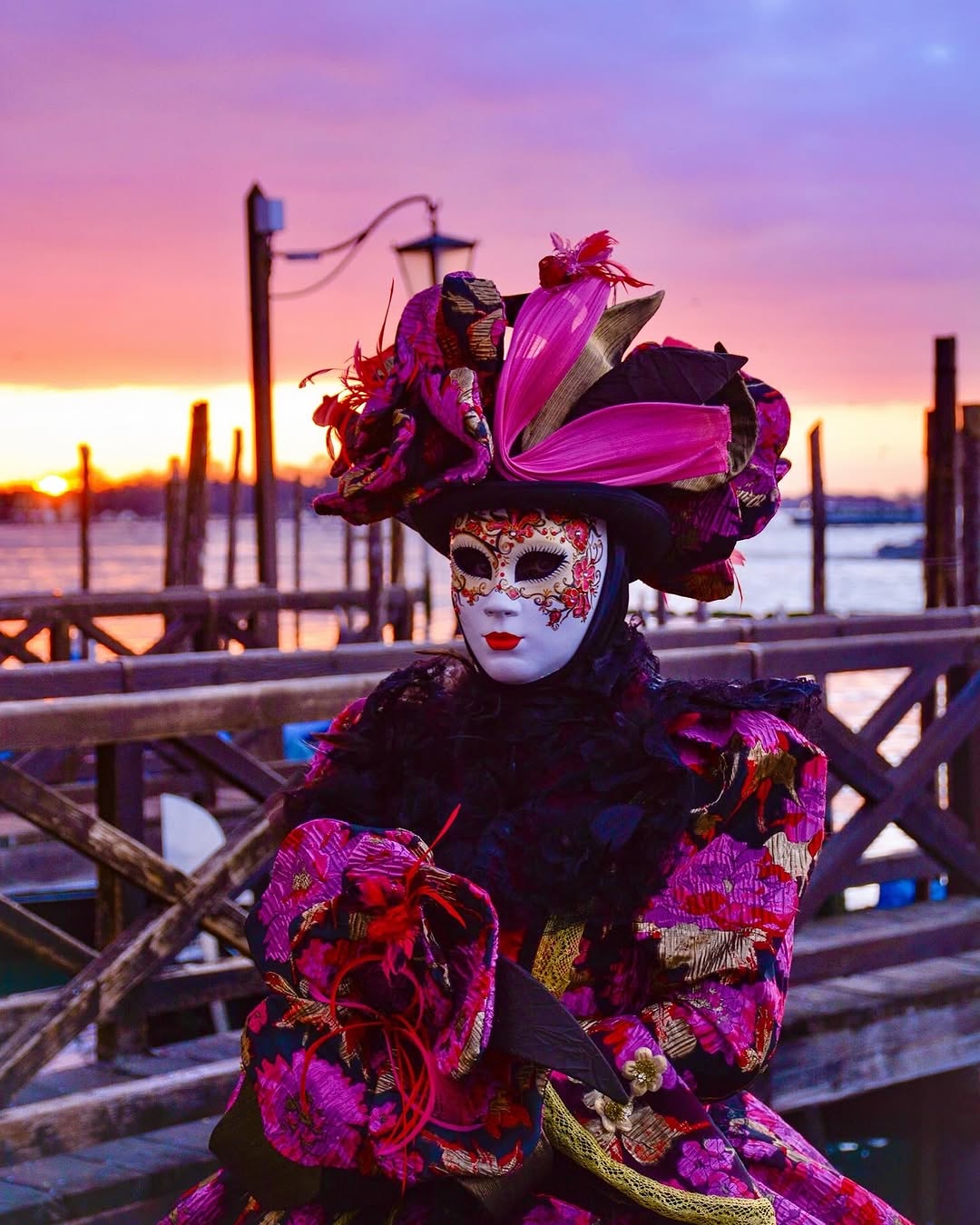
Acireale, Sicily
Known as one of Italy’s most beautiful Carnivals, Acireale’s Carnevale features intricate floats adorned with fresh flowers, adding a fragrant and artistic twist to the celebration. Historically, revelers would throw rotten fruit, but today, the focus is on vibrant floral displays and poetic street performances. So beloved is the event that a summer edition is held in August, allowing visitors to enjoy the show twice a year.
Ivrea, Piedmont
Carnevale in Ivrea is unlike any other, featuring the legendary Battle of the Oranges, a massive food fight symbolizing a 12th-century rebellion against a tyrant. Participants are divided into teams, with helmeted "soldiers" in carriages facing off against "townspeople" on foot. Those wishing to avoid the battle wear red hats as a sign of neutrality. This unique and dramatic tradition makes Ivrea’s Carnevale one of Italy’s most exhilarating experiences.
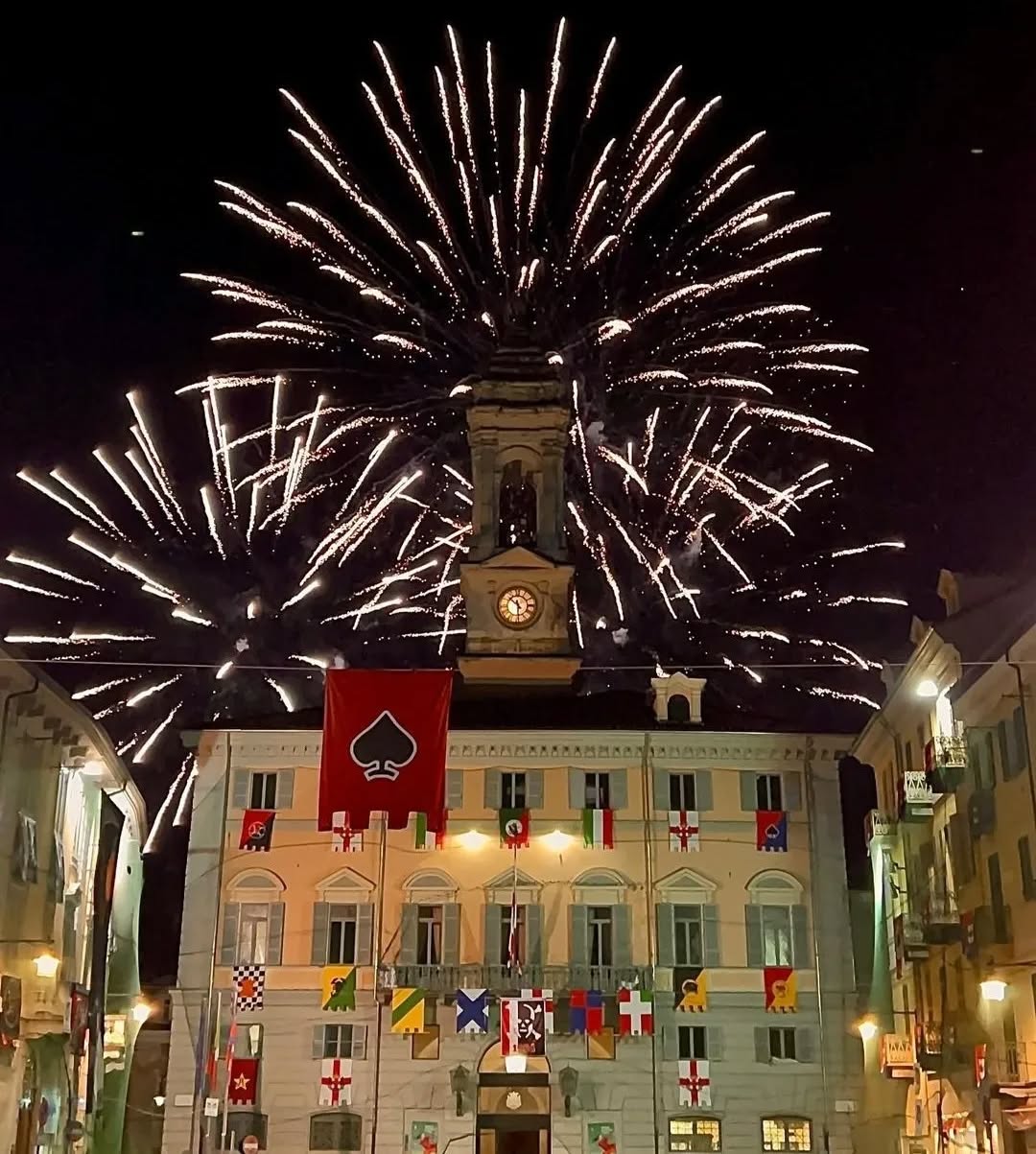
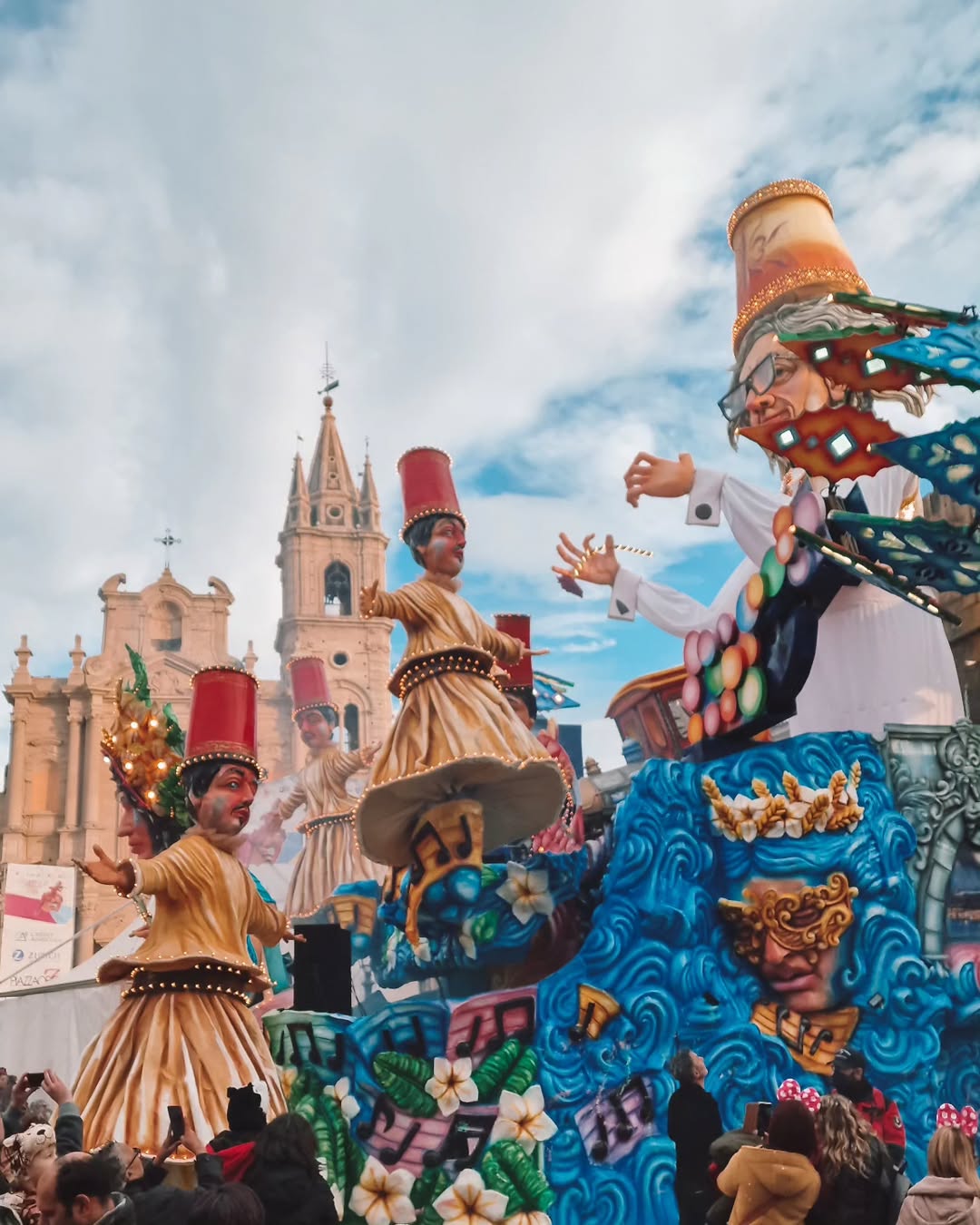
Putignano, Puglia
Home to the longest Carnival in Italy, Putignano’s celebrations begin on December 26 and continue until Fat Tuesday. The festival kicks off with Festa delle Propaggini, featuring satirical poetry performances in the local dialect. Each Thursday leading up to Lent is marked by themed festivities, culminating in grand parades and the symbolic "funeral" of Carnevale, represented by a pig. Dating back to 1394, Putignano’s Carnevale is also one of the oldest in Europe.
Fano, Le Marche
Dubbed Italy’s "sweetest" Carnevale, Fano’s festivities date back to 1347. Rather than confetti, parade floats shower crowds with candy and chocolates, making it a favorite among families. The grand finale features a luminous evening parade, culminating in the ceremonial burning of a massive papier-mâché figure, a symbolic farewell to winter and past transgressions.
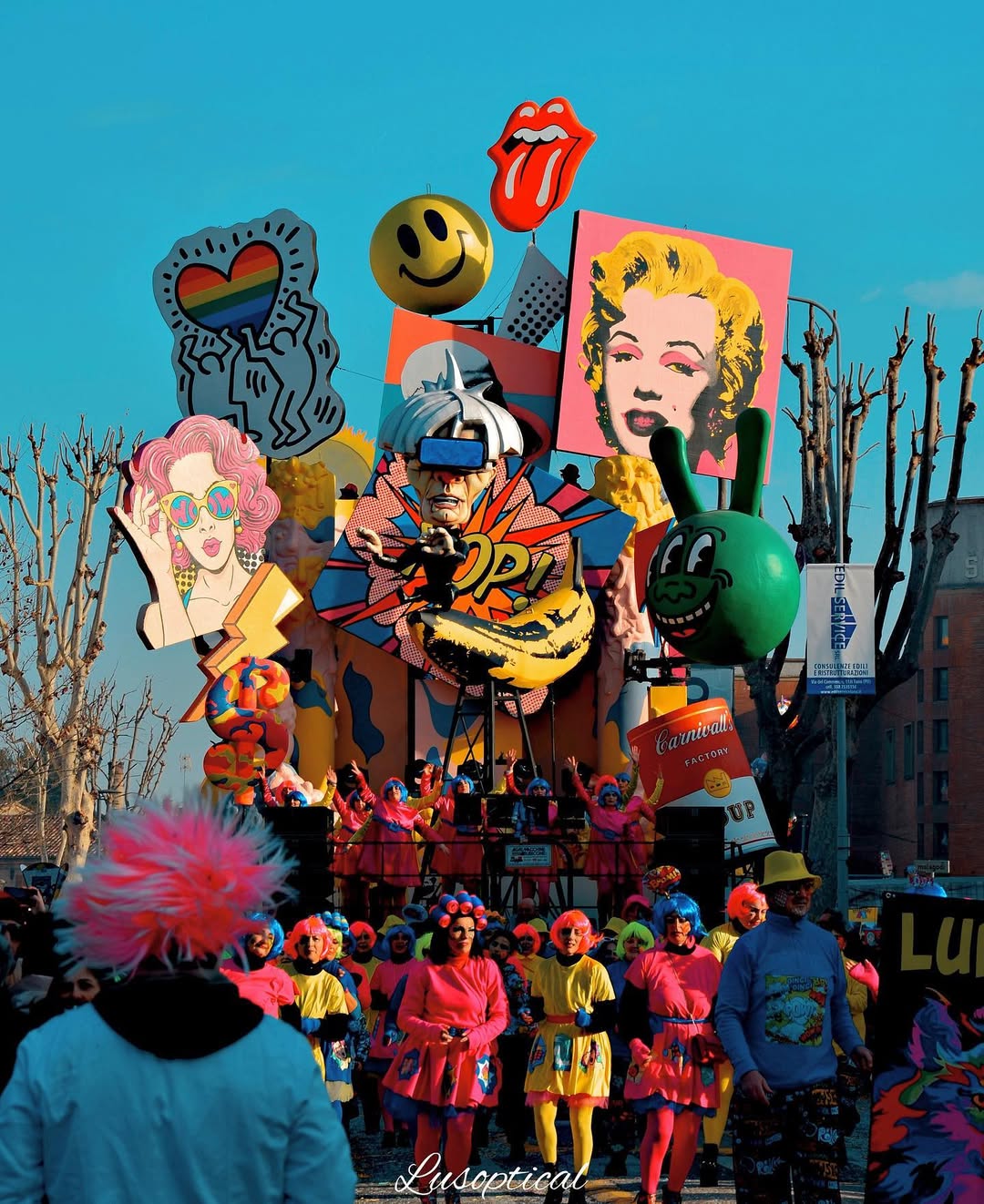
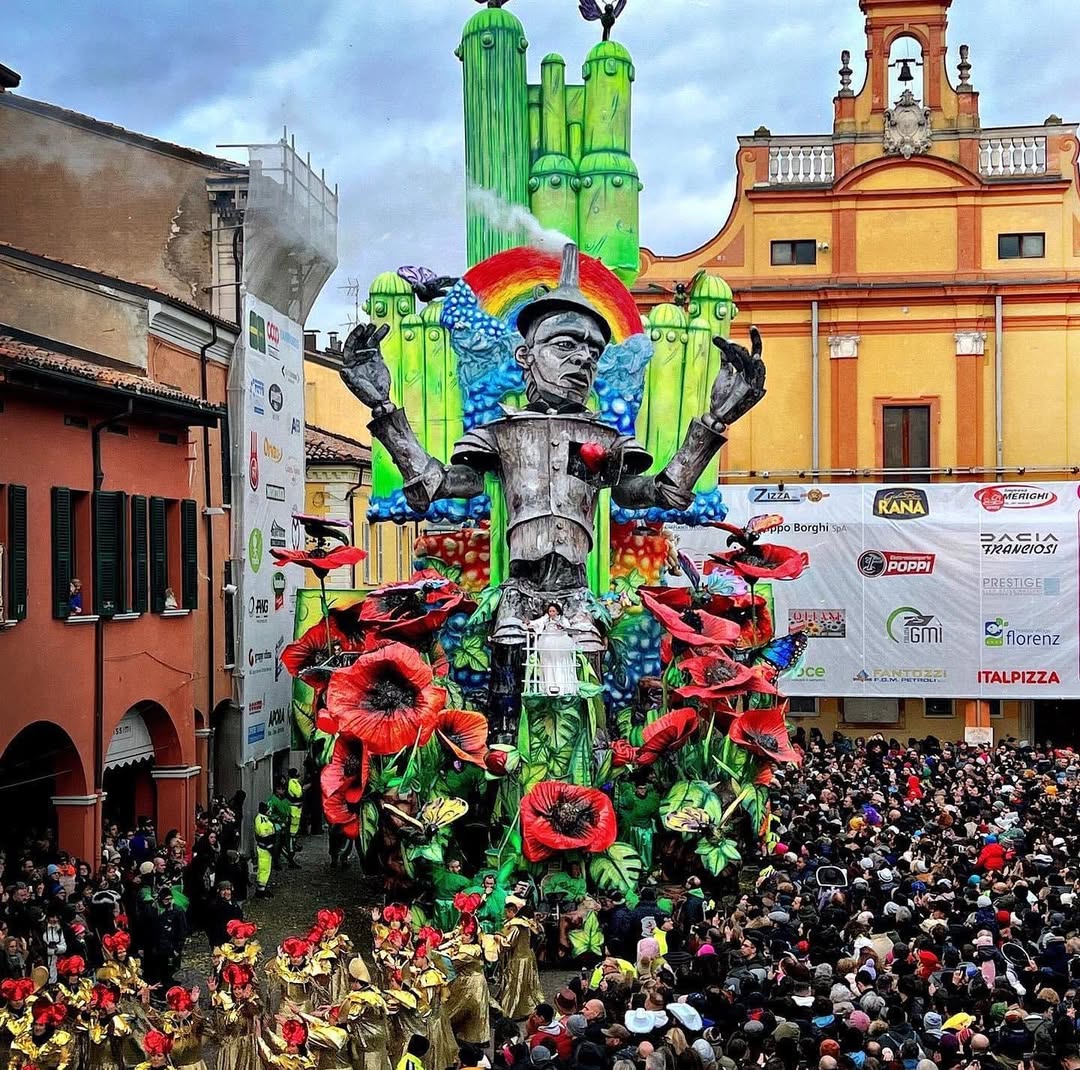
Cento, Emilia-Romagna
Linked to Rio de Janeiro’s Carnival, Cento’s Carnevale is a vibrant mix of Italian and Brazilian traditions. Historical frescoes from 1615 document the town’s long-standing celebrations. The final parade concludes with the burning of Tasi, a symbolic figure representing the city, followed by an elaborate fireworks display.
Milan, Lombardy
Unlike the rest of Italy, Milan’s Carnevale Ambrosiano follows a unique timeline. Due to a tradition dating back to Saint Ambrose, the city’s patron saint, the festival extends four days beyond Fat Tuesday, concluding on the following Saturday. This allows Milan to host the final and most prolonged Carnevale celebration in Italy, ending in a grand event at Piazza del Duomo.
Experience the Magic of Carnevale
From the grandeur of Venice to the wild energy of Ivrea’s orange battles, Carnevale in Italy is a spectacle of creativity, history, and festivity. Whether you prefer the elegance of a masked ball, the thrill of a confetti-filled parade, or the humor of political satire, Italy offers an unforgettable Carnival experience for everyone. So, don your mask, grab a sweet treat, and immerse yourself in the magic of Carnevale!
